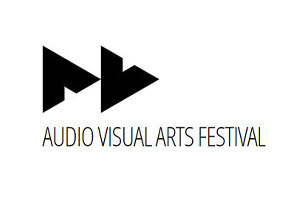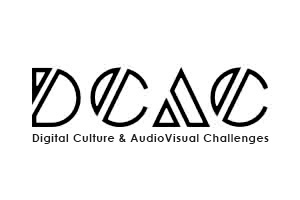Description:
Art and Science is both a process and a product, a way of examining the world through a series of filters chosen by the artist, to be used in any combination. The effect of these filters serves to reveal a subject under new conditions and in so doing to provoke alternative observations and arguments. The seminar will introduce how artists have used microscopy and introduce participants to ways in which images created on microscopes may be transformed into artworks using microscopes in the Bioinformatics and Human Electrophysiology Lab (BiHELab) in the Department of Informatics of the Ionian University.
Keywords:
microscopy, micro-imaging, microphotography, chromatic mediation
Objectives (hour):
1. From woodcuts to micrographs – an overview of how artists have visualized the living world
2. Transformations – ways of mediating the micro image
3. Getting to grips with microscopes – how living material is viewed on modern microscopes
Prerequisites/advisable prior knowledge:
Some knowledge of Photoshop is useful.
Evaluation feedback:
Group discussion on the processes and challenges facing the artist working in the lab and the questions their work provokes.
Recommended reading list:
• Madeline Harley & Rob Kesseler (2006), POLLEN: The Hidden Sexuality of Flowers, New York: Firefly Books
http://www.robkesseler.co.uk/index.php/publications/pollen/
• Martin Kemp (2000), Visualizations: The Nature Book of Art and Science, Berkeley and Los Angeles: University of California Press
http://www.ucpress.edu/op.php?isbn=9780520223523
• Micrographia by Robert Hooke.
http://www.gutenberg.org/files/15491/15491-h/15491-h.htm
• Art Forms in Nature by Ernst Haeckel
• Wellcome Image Awards 2017:
http://www.wellcomeimageawards.org/2017/
• Spectacular Microscopic Art Is Also World-Changing Science:
https://www.wired.com/2013/10/beautiful-microscopic-art-is-also-world-changing-science/
• Nikon Small World:
http://www.nikonsmallworld.com/
Back to courses





